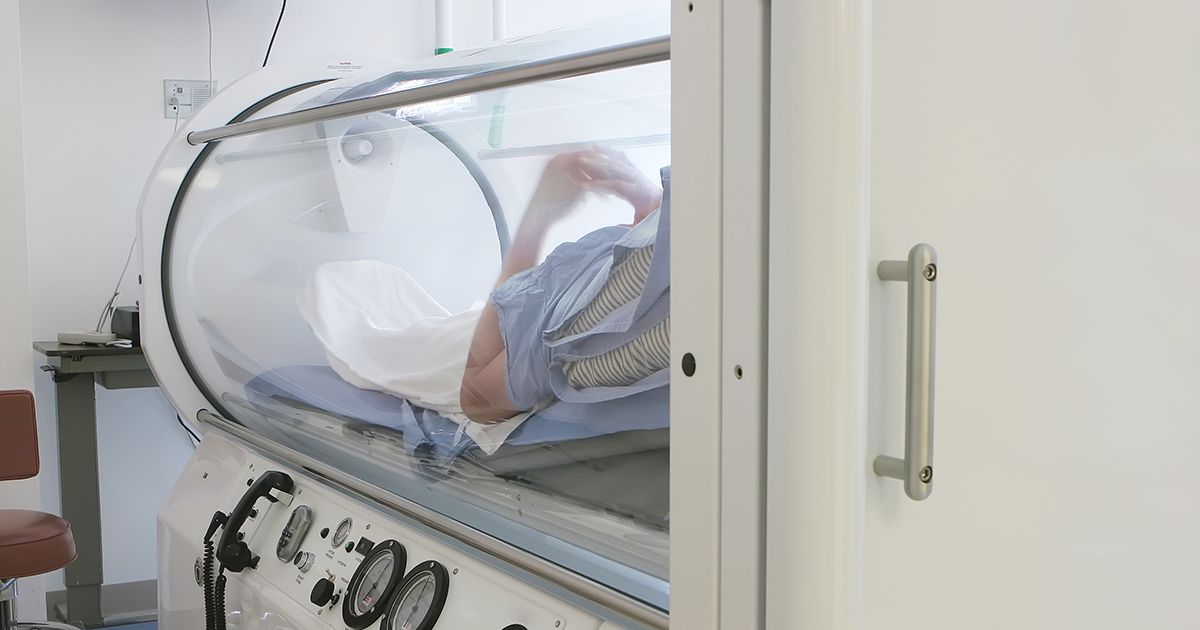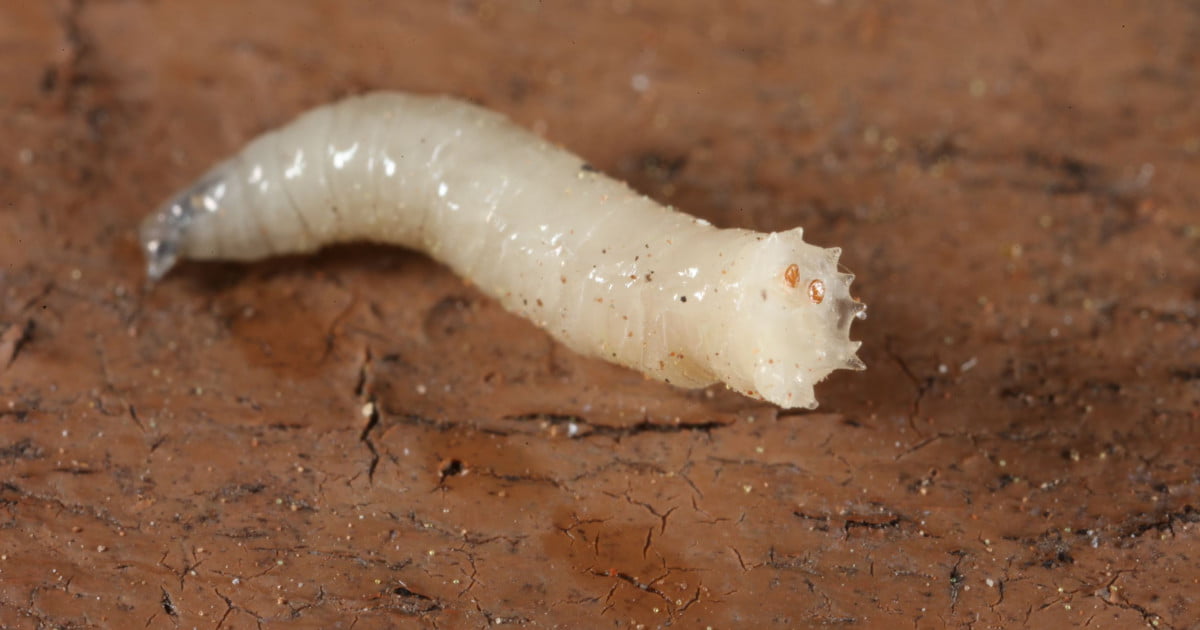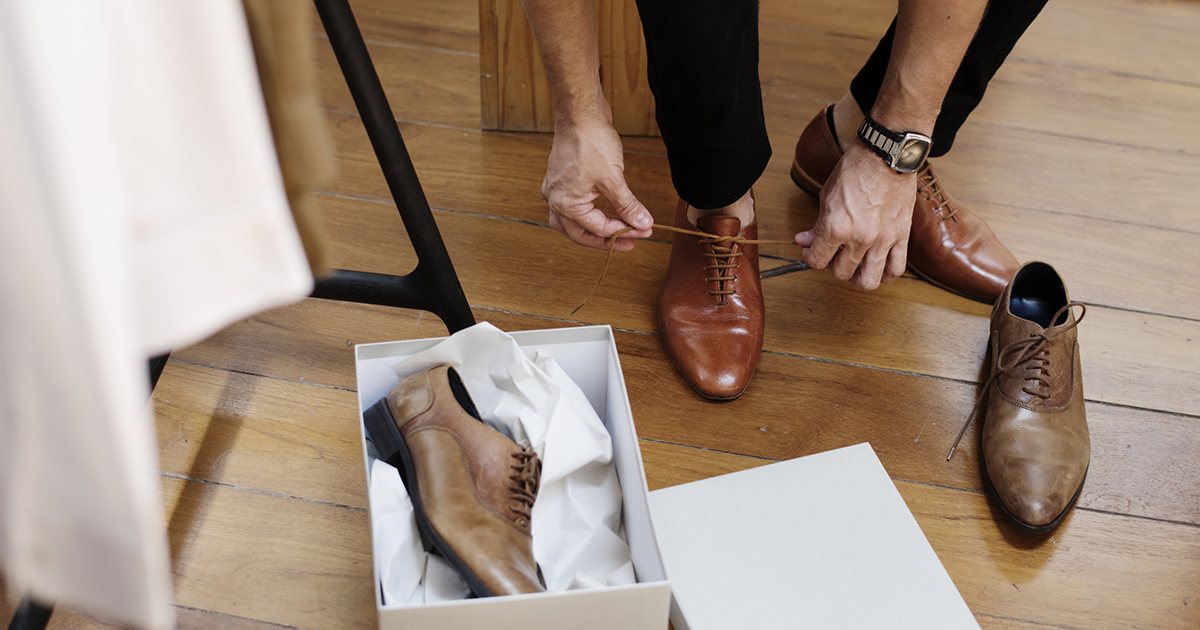Ways To Treat And Prevent Gangrene
Gangrene is a medical condition where the body loses its blood supply, and as a result, body tissues die off. The loss of blood can be caused by infection, injury or a hidden health issue. Having an adequate amount of blood circulating in the body is critical in many ways. Blood transports oxygen and other essential nutrients throughout the body to nourish the cells. If the body does not get an adequate amount of blood needed, cells are prone to infections and can start to die. Gangrene can be treated and prevented in several ways. Get to know these methods now.
Oxygen Therapy

Arteries carry blood rich in oxygen to tissue throughout the body. This blood then feeds all cells and keeps them strong and healthy. Some diseases adversely affect blood distribution, and as a result, cells in certain parts of the body do not get enough nutrients. For instance, individuals with diabetes often suffer from neuropathy in the feet and legs, because they suffer from poor blood circulation and the blood does not reach the feet. This can make injuries afflicted there hard to heal and susceptible to infection. If left neglected, gangrene may develop.
Oxygen therapy is a procedure individuals can use to treat gangrene. This therapy exposes patients to three times the amount of normal oxygen pressure found air outdoors. The increased exposure allows the body to absorb the much-needed oxygen to give the cells more sustenance. This type of therapy delivers an abundance of oxygen to saturate the body's blood supply and promote the healing of any damaged or dying tissue.
Continue reading to learn more about gangrene treatment.
Maggot Therapy

Maggot therapy is a type of biotherapy that dates back to ancient times. It was commonly used by Mayan Native Americans and aboriginal tribes in Australia. It was also a popular procedure performed by many doctors in the Renaissance era. This type of therapy works by taking sterile, lab-grown maggots and applying them to nonhealing dying skin. The maggots then consume the necrotic skin and pave the way for new tissue to grow. This treatment is an effective method of preventing gangrene, and it also leaves the healthy tissue around the necrotic skin intact and unharmed. This procedure works best when the wound is moist and sweats. Wounds that are too dry or open wounds located on body cavities are not the ideal environment for maggots to feed on.
Get to know more about treating and preventing gangrene now.
Surgical Debridement

Surgical debridement is the process of cutting out infected and dead tissue in a wound. This technique prevents gangrene from spreading to other areas of the body and lets the healthy tissue around the treated area to heal. It is also known as sharp debridement because it involves the use of a sharp tool, like a scalpel or scissors, for removal. It is considered the fastest and most efficient way of debridement to treat gangrene. The process of debridement is straightforward. The doctor cleans the targeted area with a saline solution and then applies topical anesthesia around the borders of the wound. Then the doctor removes the necrotic tissue with forceps and a sharp medical instrument. Surgical debridement may need to be repeated several times and is a method of treatment most patients tolerate well.
Read more about preventing and treating gangrene now.
Wear Properly Fitting Shoes

Gangrene is often associated with diseases like atherosclerosis and diabetes. Dry gangrene is found in individuals who have diabetes. This type of gangrene commonly affects the extremities, like the hands and feet, and occurs when there is an inadequate amount of blood circulation in the area. When blood does not circulate to the extremities, they are prone to infection, which can cause the death of cells and tissue. Necrotic tissues can lead to gangrene and cause life-threatening conditions such as sepsis. It is essential to take care of the body extremities, particularly the legs and feet. Therefore, it is important to wear shoes and socks that fit properly, as when shoes are too tight or loose, they can cause injuries on the foot, like blisters and calluses. The blisters can fester and lead to infections, which in turn may cause gangrene to form if left unattended. Also, individuals should refrain from walking around barefoot to avoid any injuries like cuts and scrapes.
Uncover the next gangrene treatment method now.
Wash Feet In Warm Water Daily

Since gangrene mostly affects the body's extremities, having a good daily foot care regime is critical. Most amputations caused by gangrene are largely preventable if the patient is self-aware and vigilant about changes in their body. Washing feet in warm water daily is a great way to monitor the condition of the feet. Things to look for while washing the feet are cuts, scratches, blisters, corns, plantar warts ulcers, ingrown toenails, and discolored toenails. A small cut or wound may be insignificant at first, but can rapidly progress into something worse if the extremities are not getting enough circulation. If there is any swelling, redness, and pain in the feet, see the doctor immediately. If the feet are cold to touch and are black or blue, this is a medical emergency and getting to the hospital immediately is of utmost importance. The doctor can provide topical creams and oral medication to help treat minor afflictions on the feet to prevent gangrene from developing.
